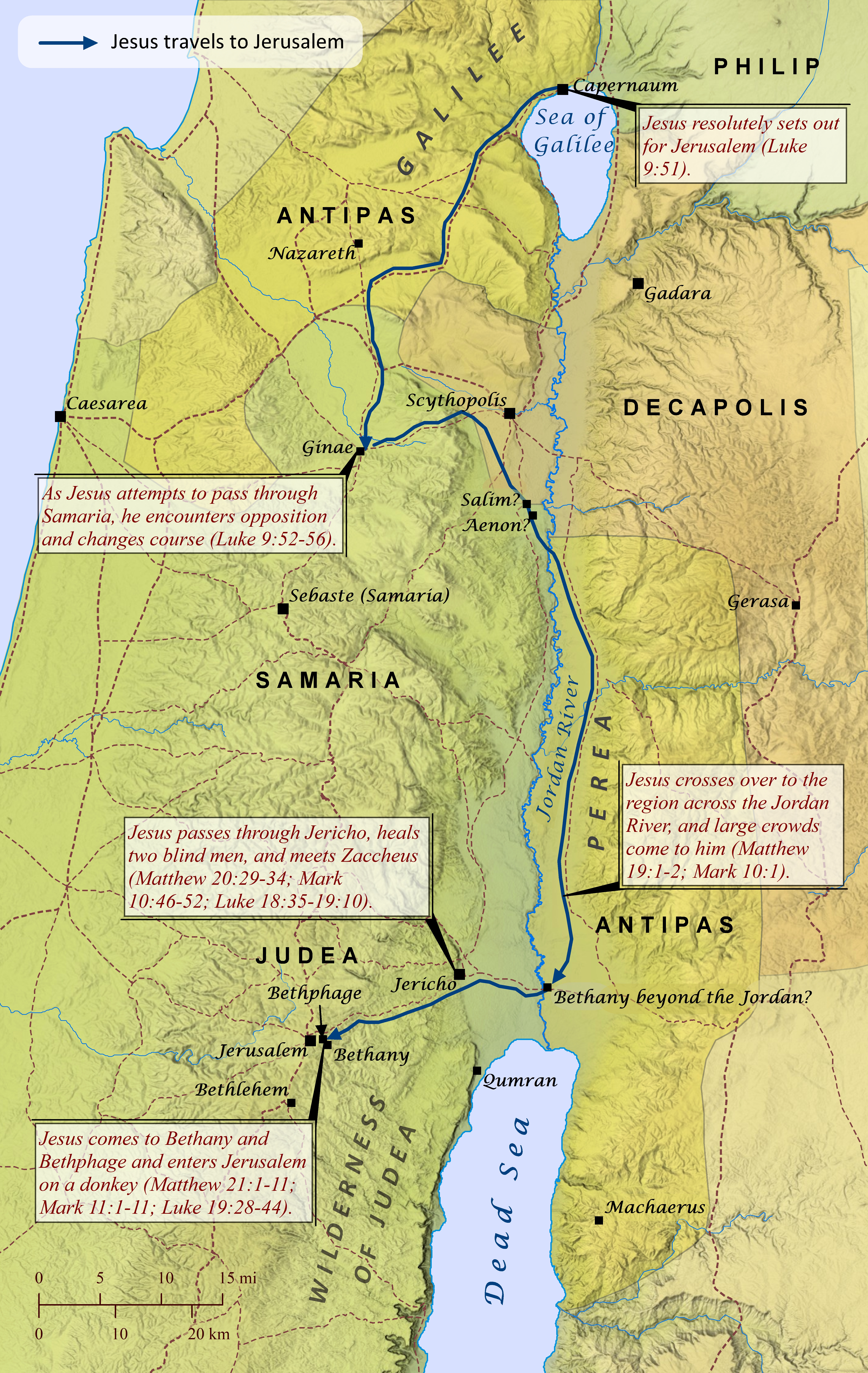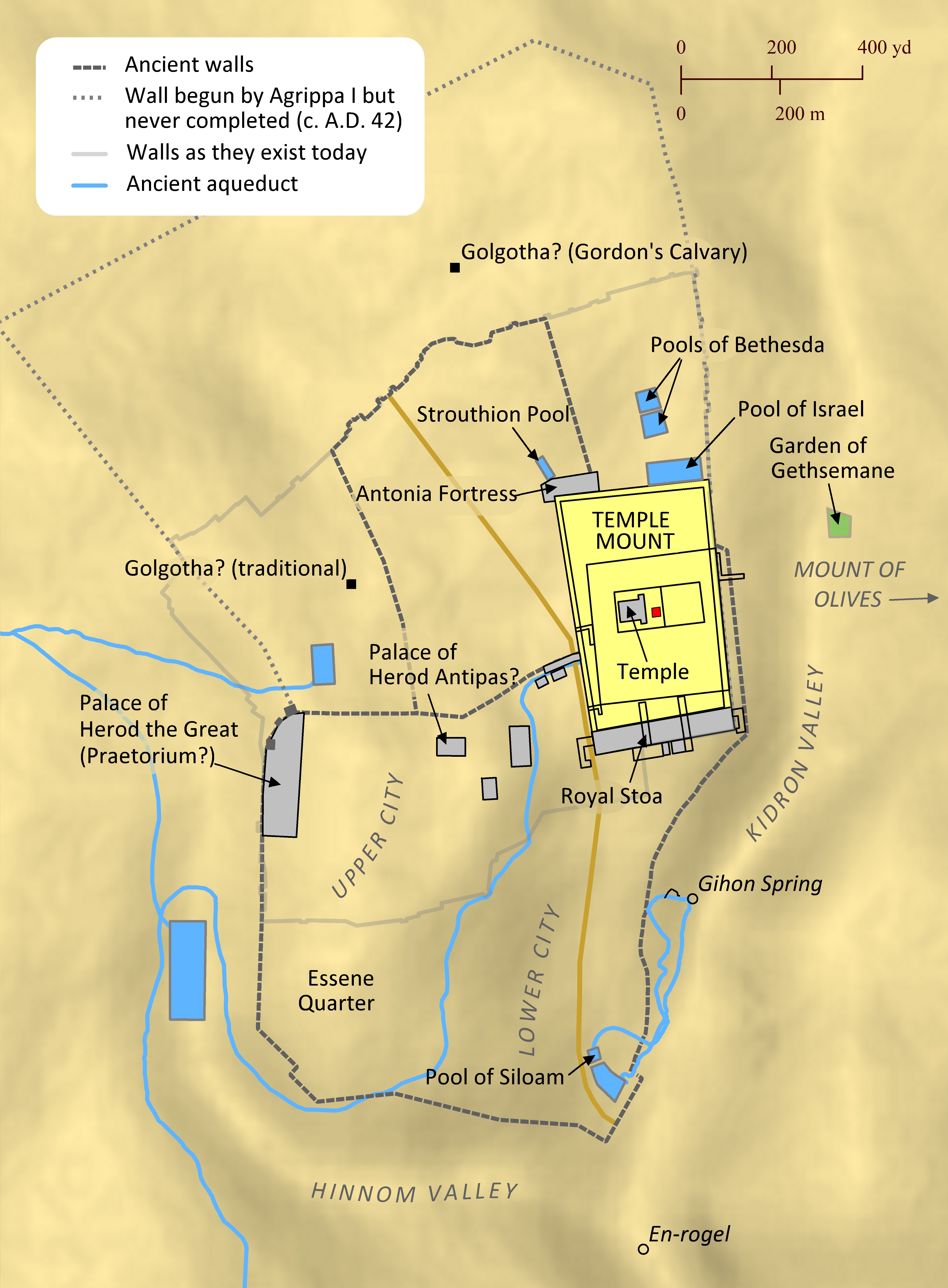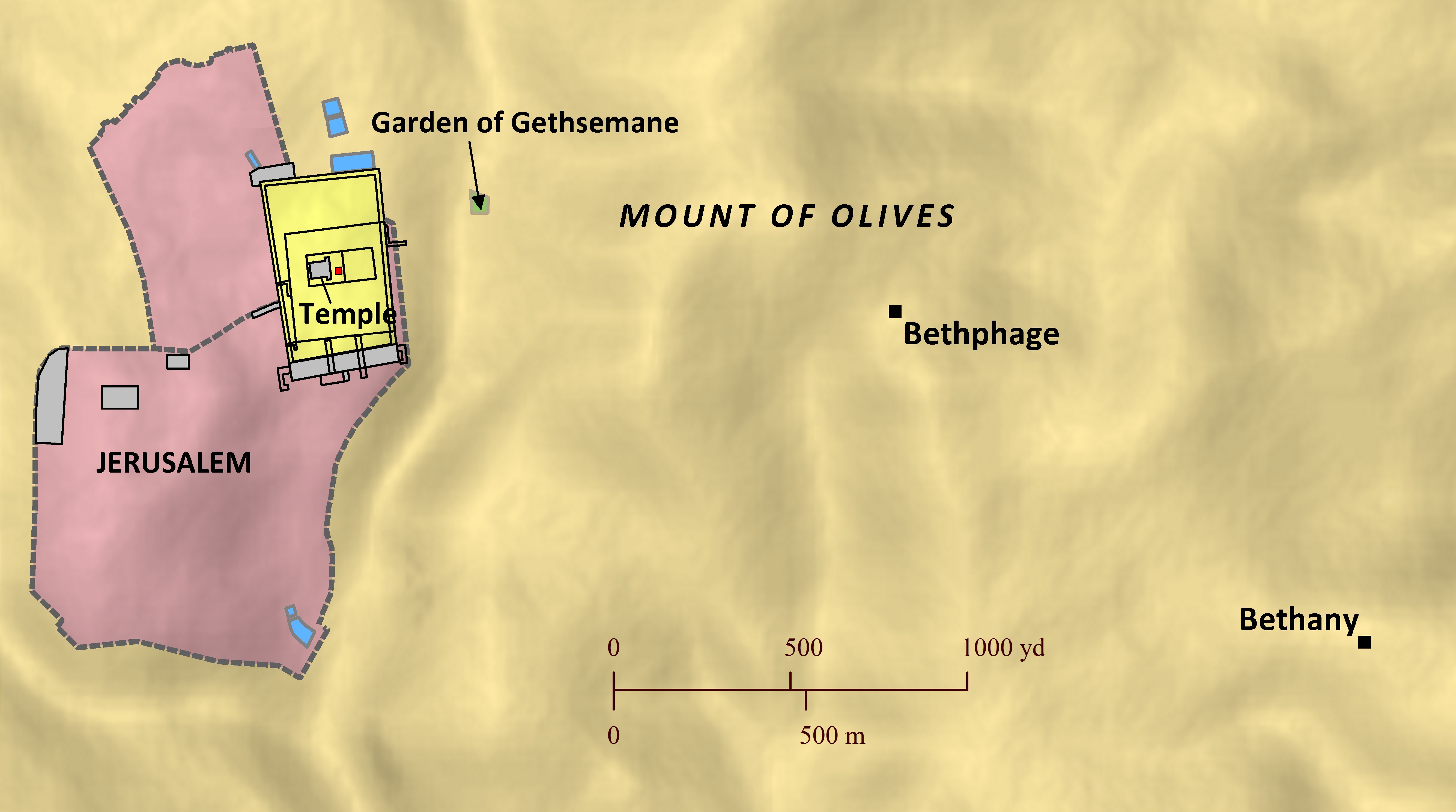Open Bible Data Home About News OET Key
OET OET-RV OET-LV ULT UST BSB MSB BLB AICNT OEB WEBBE WMBB NET LSV FBV TCNT T4T LEB BBE Moff JPS Wymth ASV DRA YLT Drby RV SLT Wbstr KJB-1769 KJB-1611 Bshps Gnva Cvdl TNT Wycl SR-GNT UHB BrLXX BrTr Related Topics Parallel Interlinear Reference Dictionary Search
ParallelVerse GEN EXO LEV NUM DEU JOB JOS JDG RUTH 1 SAM 2 SAM PSA AMOS HOS 1 KI 2 KI 1 CHR 2 CHR PROV ECC SNG JOEL MIC ISA ZEP HAB JER LAM YNA (JNA) NAH OBA DAN EZE EZRA EST NEH HAG ZEC MAL LAO GES LES ESG DNG 2 PS TOB JDT WIS SIR BAR LJE PAZ SUS BEL MAN 1 MAC 2 MAC 3 MAC 4 MAC YHN (JHN) MARK MAT LUKE ACTs YAC (JAM) GAL 1 TH 2 TH 1 COR 2 COR ROM COL PHM EPH PHP 1 TIM TIT 1 PET 2 PET 2 TIM HEB YUD (JUD) 1 YHN (1 JHN) 2 YHN (2 JHN) 3 YHN (3 JHN) REV
Luke Intro C1 C2 C3 C4 C5 C6 C7 C8 C9 C10 C11 C12 C13 C14 C15 C16 C17 C18 C19 C20 C21 C22 C23 C24
Luke 19 V1 V3 V5 V7 V9 V11 V13 V15 V17 V19 V21 V23 V25 V27 V29 V31 V33 V35 V37 V39 V41 V43 V45 V47
Note: This view shows ‘verses’ which are not natural language units and hence sometimes only part of a sentence will be visible—click on any Bible version abbreviation down the left-hand side to see the verse in more of its context. Normally the OET discourages the reading of individual ‘verses’, but this view is only designed as a tool for doing comparisons of different translations—the older translations are further down the page (so you can read up from the bottom to trace the English translation history). The OET segments on this page are still very early looks into the unfinished texts of the Open English Translation of the Bible—please double-check these texts in advance before using in public.
Text critical issues=small word differences Clarity of original=clear Importance to us=normal (All still tentative.)
OET (OET-RV) So they went off and found it just like he’d told them,![]()
OET-LV And having_gone_away they having_been_sent_out found it as he_said to_them.
![]()
SR-GNT Ἀπελθόντες δὲ οἱ ἀπεσταλμένοι εὗρον καθὼς εἶπεν αὐτοῖς. ‡
(Apelthontes de hoi apestalmenoi heuron kathōs eipen autois.)
Key: khaki:verbs, light-green:nominative/subject, cyan:dative/indirect object.
Note: Automatic aligning of the OET-RV to the LV is done by some temporary software, hence the RV alignments are incomplete (and may occasionally be wrong).
ULT So the ones that had been sent, going away, found it just as he had said to them.
UST So the two disciples went to the village and found the donkey, just as Jesus had told them.
BSB So those who were sent went out [and] found [it] just as [Jesus] had told them.
MSB So those who were sent went out [and] found [it][fn] just as [Jesus] had told them.
19:32 GOC found the colt standing there
BLB And having departed, those having been sent found it as He had said to them.
AICNT [[And they departed]][fn] [And those who were sent went away and found it [[standing]][fn] just as he had told them.
19:32, And they departed: Included in D(05).
19:32, standing: Some manuscripts include. Latin(e ff2 i)
OEB So the two who were sent went and found it as Jesus had told them.
WEBBE Those who were sent went away and found things just as he had told them.
WMBB (Same as above)
NET So those who were sent ahead found it exactly as he had told them.
LSV And those sent, having gone away, found according as He said to them,
FBV So the two disciples went and found that everything was just as Jesus had said.
TCNT So those who were sent went off and found [fn]it just as he had told them.
19:32 it ¦ the colt standing there, ANT
T4T So the two disciples went to the village and found the animal, just like he had told them.
LEB So those who were sent went and[fn] found it[fn] just as he had told them.
19:32 *Here “and” is supplied because the previous participle (“went”) has been translated as a finite verb
19:32 *Here the direct object is supplied from context in the English translation
BBE And those whom he sent went away, and it was as he said.
Moff The messengers went off and found the colt exactly as he had told them.
Wymth So those who were sent went and found things as He had told them.
ASV And they that were sent went away, and found even as he had said unto them.
DRA And they that were sent, went their way, and found the colt standing, as he had said unto them.
YLT And those sent, having gone away, found according as he said to them,
Drby And they that were sent, having gone their way, found as he had said to them.
RV And they that were sent went away, and found even as he had said unto them.
SLT And the sent, having departed, found as he said to them.
Wbstr And they that were sent, went and found even as he had said to them.
KJB-1769 And they that were sent went their way, and found even as he had said unto them.
KJB-1611 And they that were sent, went their way, and found euen as hee had said vnto them.
(Modernised spelling is same as from KJB-1769 above, apart from punctuation)
Bshps They that were sent, went their way, & founde euen as he had said vnto them.
(They that were sent, went their way, and found even as he had said unto them.)
Gnva So they that were sent, went their way, and found it as he had sayd vnto them.
(So they that were sent, went their way, and found it as he had said unto them. )
Cvdl And they that were sent, wete their waye and founde euen as he had sayde.
(And they that were sent, went their way and found even as he had said.)
TNT They that were sent went their waye and founde even as he had sayde vnto them.
(They that were sent went their way and found even as he had said unto them. )
Wycl And thei that weren sent, wenten forth, and fonden as he seide to hem, a colt stondynge.
(And they that were sent, went forth, and found as he said to them, a colt standing.)
Luth Und die Gesandten gingen hin und fanden, wie er ihnen gesagt hatte.
(And the Gesandten went there and found, as/like he to_them said had.)
ClVg Abierunt autem qui missi erant: et invenerunt, sicut dixit illis, stantem pullum.
(Abierunt however who missi they_were: and they_found, like he_said to_them, standing pullum. )
UGNT ἀπελθόντες δὲ οἱ ἀπεσταλμένοι εὗρον καθὼς εἶπεν αὐτοῖς.
(apelthontes de hoi apestalmenoi heuron kathōs eipen autois.)
SBL-GNT ἀπελθόντες δὲ οἱ ἀπεσταλμένοι εὗρον καθὼς εἶπεν αὐτοῖς.
(apelthontes de hoi apestalmenoi heuron kathōs eipen autois.)
RP-GNT Ἀπελθόντες δὲ οἱ ἀπεσταλμένοι εὗρον καθὼς εἶπεν αὐτοῖς.
(Apelthontes de hoi apestalmenoi heuron kathōs eipen autois.)
TC-GNT Ἀπελθόντες δὲ οἱ ἀπεσταλμένοι εὗρον καθὼς εἶπεν [fn]αὐτοῖς.
(Apelthontes de hoi apestalmenoi heuron kathōs eipen autois. )
19:32 αυτοις ¦ αυτοις εστωτα τον πωλον ANT
Key for above GNTs: yellow:punctuation differs (from our SR-GNT base).
19:28-40 Jesus’ triumphant entry into Jerusalem fulfilled Zech 9:9-10 and symbolically announced that he was the Messiah, the King of Israel.
Note 1 topic: figures-of-speech / activepassive
οἱ ἀπεσταλμένοι
they ˓having_been˒_sent_out
If it would be helpful in your language, you could express this with an active form, and you could state who did the action. Alternate translation: [the two disciples whom Jesus sent]

Much like the difficulties of discerning the Israelites’ journey to the Promised Land (see here), the task of reconciling the four Gospel accounts of Jesus’ final journey to Jerusalem into one coherent itinerary has proven very challenging for Bible scholars. As with many other events during Jesus’ ministry, the accounts of Matthew, Mark, and Luke (often referred to as the Synoptic Gospels) present a noticeably similar account of Jesus’ final travels, while John’s Gospel presents an itinerary that is markedly different from the others. In general, the Synoptic Gospels present Jesus as making a single journey to Jerusalem, beginning in Capernaum (Luke 9:51), passing through Perea (Matthew 19:1-2; Mark 10:1) and Jericho (Matthew 20:29-34; Mark 10:46-52; Luke 18:35-19:10), and ending at Bethany and Bethphage, where he enters Jerusalem riding on a donkey (Matthew 21:1-11; Mark 11:1-11; Luke 19:28-44). John, on the other hand, mentions several trips to Jerusalem by Jesus (John 2:13-17; 5:1-15; 7:1-13; 10:22-23), followed by a trip to Perea across the Jordan River (John 10:40-42), a return to Bethany where he raises Lazarus from the dead (John 11), a withdrawal to the village of Ephraim for a few months (John 11:54), and a return trip to Bethany, where he then enters Jerusalem riding on a donkey (John 12:1-19). The differences between the Synoptics’ and John’s accounts are noteworthy, but they are not irreconcilable. The Synoptics, after noting that Jesus began his trip at Capernaum, likely condensed their accounts (as occurs elsewhere in the Gospels) to omit Jesus’ initial arrival in Jerusalem and appearance at the Festival of Dedication, thus picking up with Jesus in Perea (stage 2 of John’s itinerary). Then all the Gospels recount Jesus’ trip (back) to Bethany and Jerusalem, passing through Jericho along the way. Likewise, the Synoptics must have simply omitted the few months Jesus spent in Ephraim to escape the Jewish leaders (stage 4 of John’s itinerary) and rejoined John’s account where Jesus is preparing to enter Jerusalem on a donkey.

By the time of the New Testament, the ancient city of Jerusalem had been transformed from the relatively small fortress of David’s day (2 Samuel 5:6-10; 1 Chronicles 11:4-9) into a major city with a Temple that rivaled the greatest temples in the Roman world. Just prior to Jesus’ birth, Herod the Great completely renovated and expanded the Temple of the Lord, and he also built a lavish palace for himself, various pools (where Jesus occasionally performed healings), public buildings, and military citadels, including the Antonia Fortress, which overlooked the Temple. Wealthy residents, including the high priest, occupied extravagant houses in the Upper City, while the poorer residents were relegated to less desirable areas like the Lower City. The Essene Quarter was so named because many of its residents belonged to the Essenes, a strict religious sect that was known for its careful attention to the law of Moses. Across the Kidron Valley lay the Garden of Gethsemane, where Jesus often met with his disciples (Matthew 26:36-46; Mark 14:32-53; John 18:1-14). Further east was the Mount of Olives, where Jesus began his triumphal entry one week before his crucifixion (Matthew 21:1-11; Mark 11:1-11; Luke 19:28-40; John 12:12-19), taught his disciples about the last days (Matthew 24-25; Mark 13), and eventually ascended to heaven after his resurrection (Luke 24:50-53; Acts 1:1-11).

Matthew 21:1-17; Mark 11:1-11; Luke 19:28-48; John 12:1-19; see also Matthew 26:6-13; Mark 14:3-9
At the start of Passover one week before he was crucified, Jesus and his disciples traveled to Jerusalem, approaching the city from the east. When they arrived at the village of Bethphage, Jesus mounted a donkey and rode down the Mount of Olives as a humble king entering his capital city. Along the way, many people laid branches and cloaks in his path to welcome him. After Jesus entered the city, he immediately went up to the Temple and drove out the moneychangers and merchants there, and he healed the blind and the lame. Then he traveled nearly two miles outside the city to the village of Bethany to spend the night, which appears to have been where he typically lodged each night while visiting Jerusalem during the crowded Passover festival. Bethany is also where Jesus’ close friends Mary, Martha, and Lazarus lived. One evening while Jesus was there at a large dinner party given in his honor, Martha served the food, and Mary poured expensive perfume on Jesus’ feet and wiped his feet with her hair.